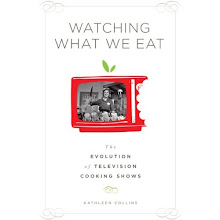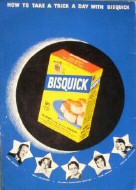 There are a few things that I feel continually thankful for day after day... my husband, work opportunities, and most recently my dishwasher. With the amount of dishes that are dirtied around here, I would likely be a less pleasant person to be around without this wonder machine.
There are a few things that I feel continually thankful for day after day... my husband, work opportunities, and most recently my dishwasher. With the amount of dishes that are dirtied around here, I would likely be a less pleasant person to be around without this wonder machine...............................................................................................................................................................
While the patent was purchased in 1886 and the dishwasher made its debut at Chicago's World Fair in 1893, it wasn't until 1924 that William Howard Livens invented a small dishwasher suitable for domestic use. It had many of the features of a modern dishwasher, including a front door for loading, a wire rack to hold crockery and a rotating sprayer. Although a novel idea for the time period, Livens' invention was not, however, a commercial success. 15 years down the road, electric drying elements were added making the product even more enticing.
While the dishwasher saw more success on the commercial front at first, it was the 1960's & 1970's when they started showing up in a large number of household kitchens.
..............................................................................................................................................................
I'm not in the market for a dishwasher, but if I was, I would be lured by the following:
 The Bosch product on the left is Consumer Reports favorite, while the Italian made SMEG on the right has definite retro appeal, the reviews are less than favorable.
The Bosch product on the left is Consumer Reports favorite, while the Italian made SMEG on the right has definite retro appeal, the reviews are less than favorable.













